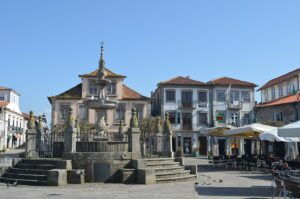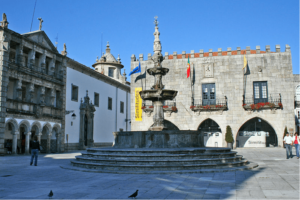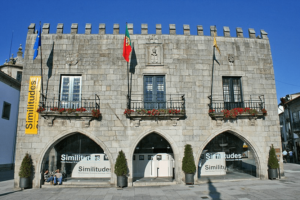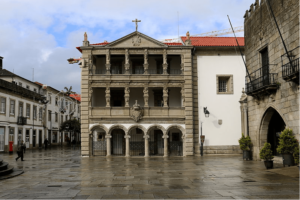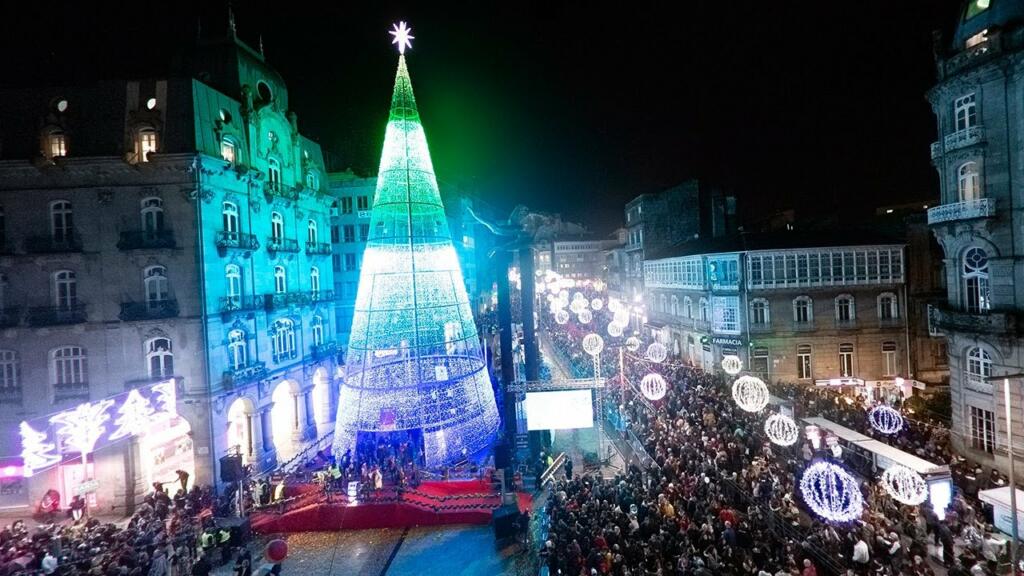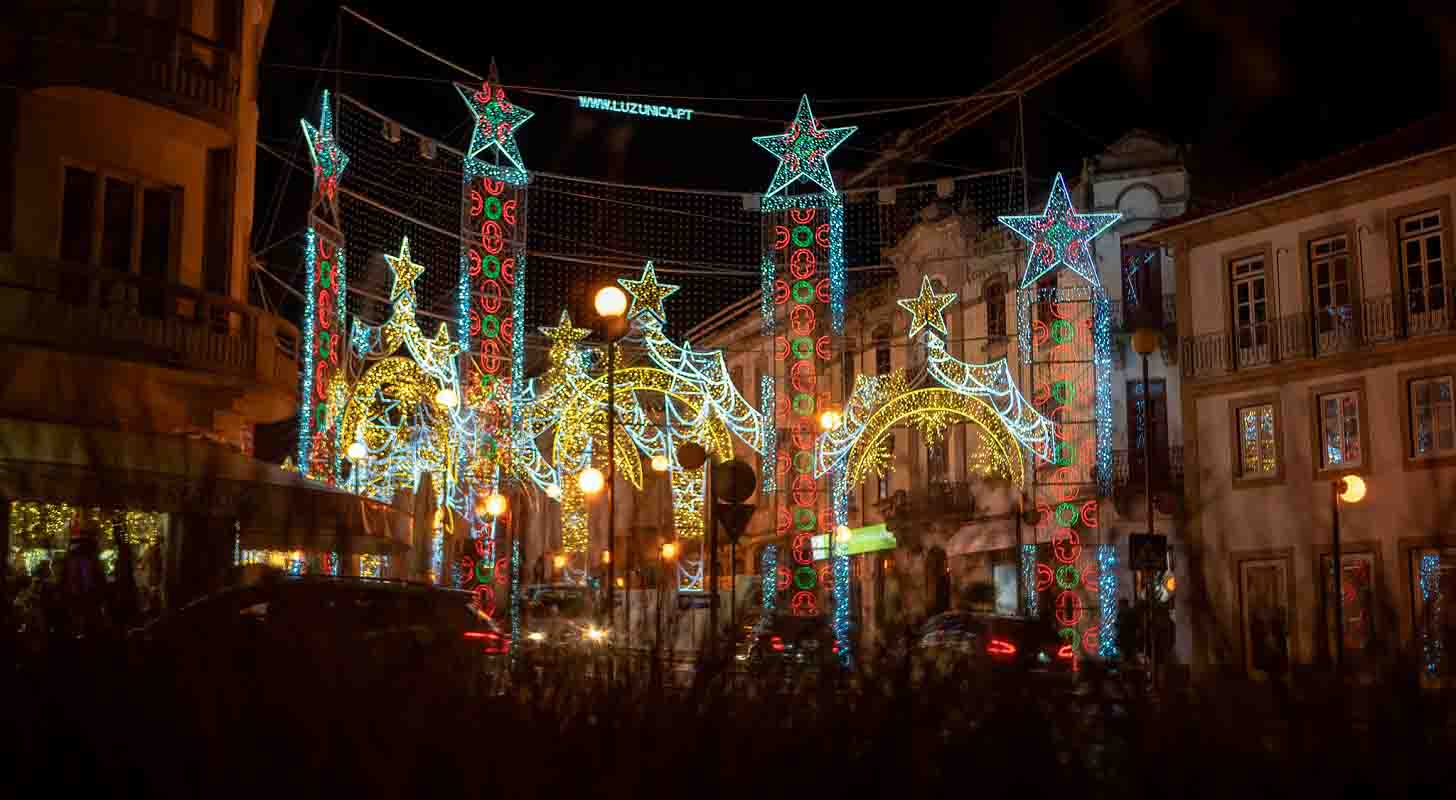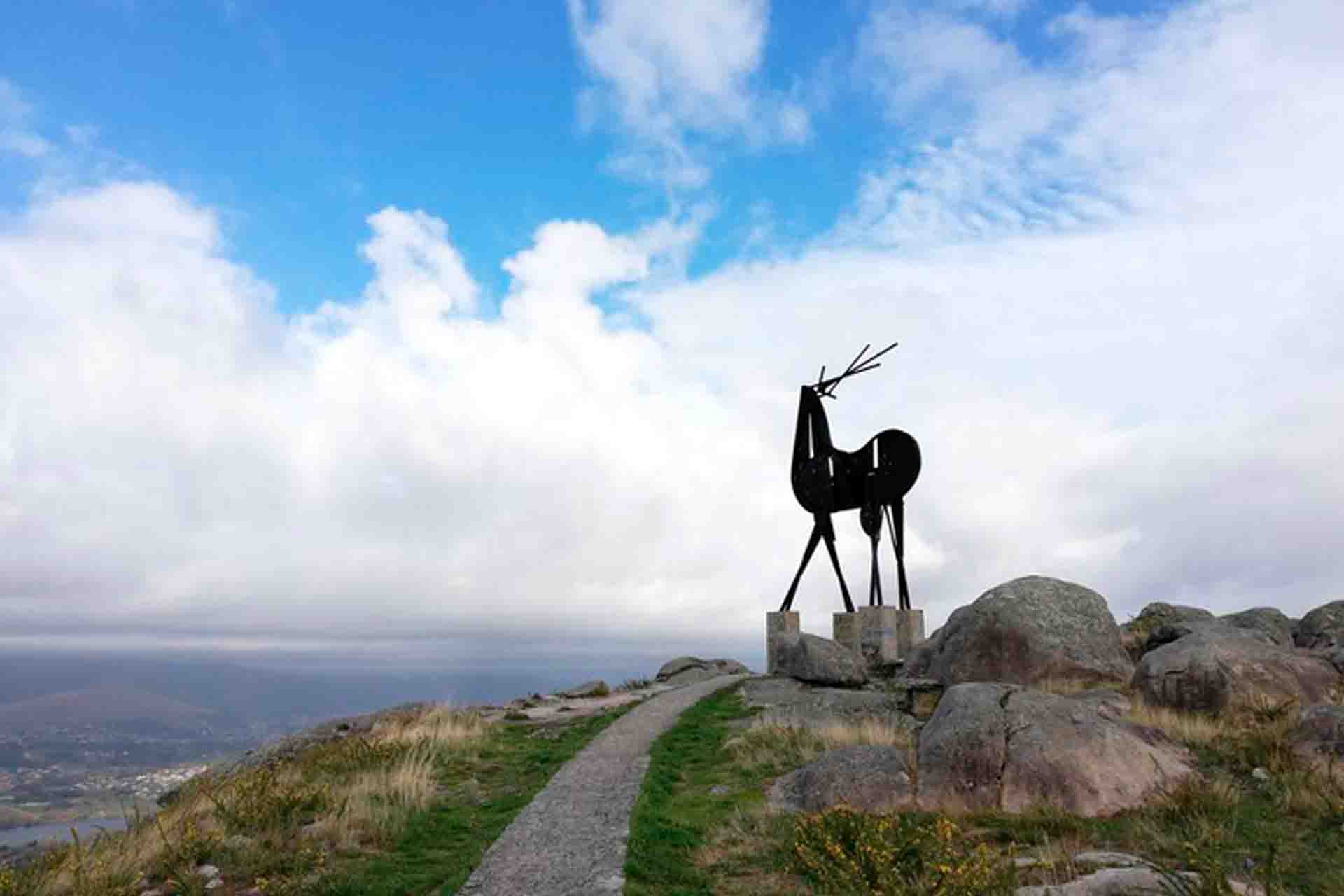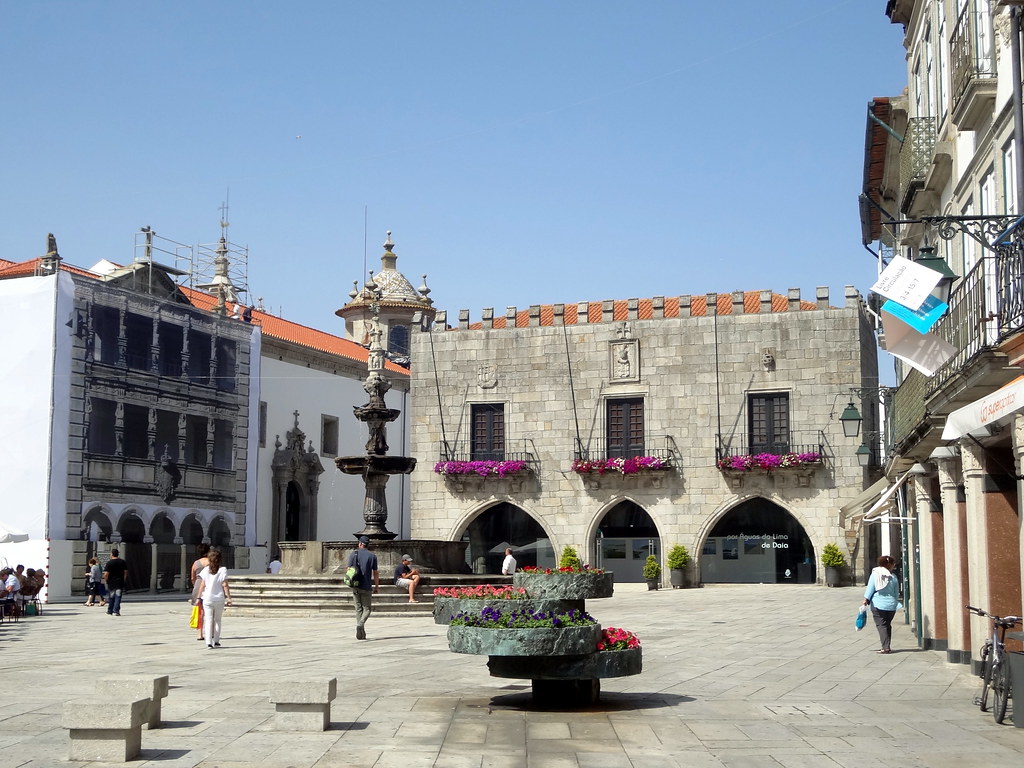
What to visit in Viana do Castelo
If you like visiting historical monuments, your next vacation has to be in Viana do Castelo.
The center of this Portuguese city is surrounded by elements from past centuries, well preserved to this day.
Much for this reason, Viana do Castelo has the look of a medieval city.
The period of the Discoveries, which gave rise to the Portuguese expansion and which had a very important contribution in defining the world map, is the most present phase of the History of Portugal in this city.
In the 15th century, many people from Viana left for India and America to bring sugar, blackwood, ivory and other exotic rarities, in order to sell their products.
The success of its investments in the Discoveries brought a lot of wealth to the city. This wealth was translated into emblazoned palaces, churches, convents and fountains.
In the midst of so much wealth spread across Viana do Castelo, there are three historic investments that are now considered renowned monuments.
Are they:
- The 16th Century Fountain
- Former City Hall
- Our Lady of Mercy Building
And it is these three monuments, all located in the historic center of the city, that you really have to visit during your holidays in Viana do Castelo.
Their beauty and historical richness are two strong reasons to include the three monuments in your itinerary.
But, if you want to know more details about each one of them, before visiting them, continue reading this article and find out everything.
The 16th Century Fountain
Built in the 16th century and completed in 1559, this Fountain was developed to serve as a drinking water supply point for the population of Viana do Castelo.
It was built in granite and features a double basin and a tank, which gives it an urban character and iconographic sense.
It is a work by João Lopes “the old man” who was the master mason who was also responsible for the fountain in Caminha.
Both fountains are very similar to each other, with the fountain in Caminha being the inspiration for the one in Viana do Castelo.
However, one of the main similarities is no longer visible. In the past, the Vianenses Fountain had a protective railing that, however, was removed. This railing was exactly identical to the one in Caminha. However, in Caminha’s fountain, the protective railing is still part of the monument.
The fountain in Viana do Castelo represents a central fountain in a tank with a circular plan, made up of slabs externally decorated with concave and denticulated pillows, vaulted columns decorated with different plant motifs and two bowls, equally circular, with various frames and a denticulated frieze, finished in vegetal spire, in a pyramid scheme.
All these characteristics make this monument a work of infrastructural architecture, with a Mannerist style, a very popular artistic movement in Europe between 1515 and 1600.
In 1910, the Viana do Castelo fountain was promoted to a national monument and became one of the main tourist attractions in the Minho city.
For those who like to explore important monuments in the history of Portugal, this is undoubtedly a must visit monument.
Former City Hall
Fans of the Gothic style will love this monument located in the historic center of Viana do Castelo.
The Former Town Hall features a combination of Gothic, political-administrative and mannerist judicial architecture.
They were built at the beginning of the 16th century with the aim of concentrating all the city’s municipal services in the same place.
The top floor was reserved for council meetings, while the ground floor served as a shelter for people and scribes who, there, wrote requests and other documents for those who could not read or write.
Over time, the second floor also began to serve as a court and a place dedicated to commerce, a library and a jail was developed in the arcades of the building.
Its construction was carried out in granite stone, forming the ground floor a porch delimited by three pointed arches which, on the middle floor, are equivalent to three bay windows.
Above the middle window are inscribed the royal coat of arms, the armillary sphere and a ship, symbol of Viana do Castelo, which represents commercial maritime voyages and which were responsible for much of the city’s wealth.
Currently, the Former City Hall is the stage for several art exhibitions, which is yet another strong reason to include this monument in the itinerary of your holidays in Viana do Castelo.
Our Lady of Mercy Building
This monument, located in the historic center of Viana do Castelo, was developed during the 16th century, like the previous ones.
In it, we can observe an architecture influenced by Italian culture and ornaments inspired by Flemish engravings.
In addition to these details, the Renaissance and Mannerist inspiration is also present in this work, especially on the main façade.
On the façade, for example, some European erudite references are clearly visible.
This façade faces the square and is divided by rusticated corners. Topping the façade is a triangular pediment, with the tympanum filled with a solar cartouche and surmounted by a stone Crucifix.
In turn, the ground floor features an archaic opening with a round arch, supported by columns of the Ionic order.
On the first floor, the Our Lady of Mercy Building features a covered veranda, with a rectangular framed sill, supported by busts of caryatids on pedestals with a figured medallion.
Finally, the top floor consists of a covered “loggia”, protected by an iron railing, supported by caryatid columns.
In this monument of Viana do Castelo, there was also space to develop the Igreja da Misericórdia, a church very famous for its decorative richness.
The church is one of the top examples of the Baroque style in Portugal, due to its gilded altarpieces in the national style and its coverings in tile.
Undoubtedly, due to its unique beauty, this is one of the many churches worth visiting in Viana do Castelo.
And as you can see from this and other articles, this is a city full of historical monuments and architectural works of excellence.
You won’t be short of places and monuments to visit during your holidays in Viana do Castelo.
The itineraries we have already prepared for you. Now, all you have to do is book your stay.

